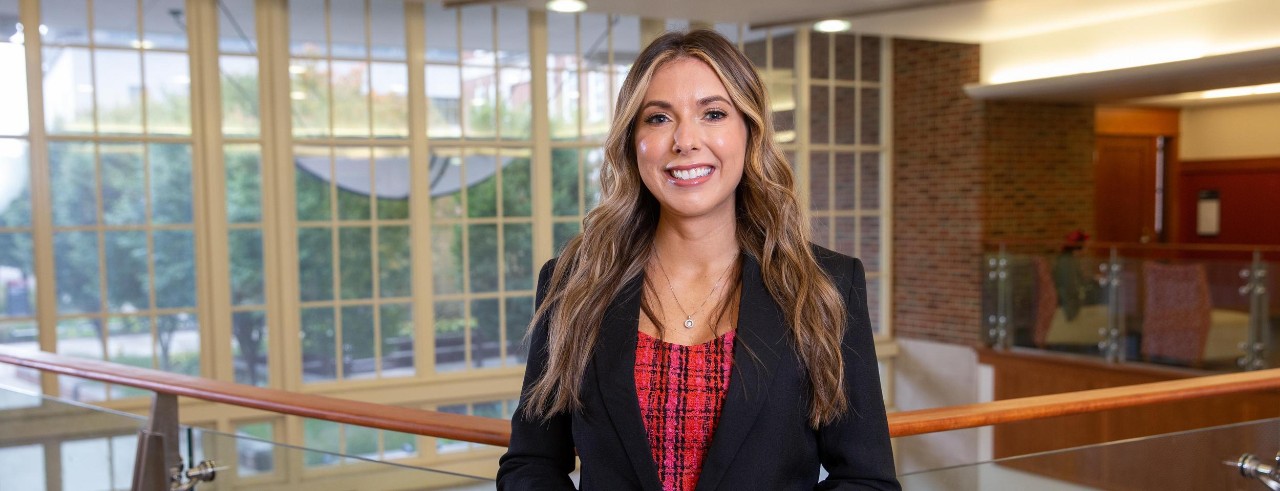
Study: Thirdhand smoke may harm children
UC researcher says toxic substances remain on surfaces, even in homes that ban indoor smoking
It’s long been established that secondhand smoke is a detriment to health and linked to cancer.
Now, researchers are looking more closely at thirdhand smoke, which is the presence of toxic tobacco by-products that remain on surfaces such as furniture, décor, walls and floors.
In a new study, published in the Journal of Exposure Science & Environmental Epidemiology, researchers tested the surfaces in smoking households where children reside and found troubling results, says Ashley Merianos, a tobacco researcher at the University of Cincinnati who led the study.
Researchers found nicotine on surfaces in all of the children's homes and detected the presence of a tobacco-specific carcinogen (called NNK) in nearly half of the homes, she says.

Tobacco smoke leaves nicotine and its byproducts on surfaces. Photo/Unsplash/Nasfi
The study reported that the NNK levels on surfaces and vacuumed dust were similar, which Merianos says indicates that surfaces and dust can be similar reservoirs and sources of thirdhand smoke exposure for children.
“This is critically important and concerning, since NNK is considered the most potent carcinogen for tobacco-induced cancers,” says Merianos, an associate professor in UC’s School of Human Services.
Additional findings include:
- Children living in lower-income households had higher levels of NNK and nicotine found on home surfaces.
- Children living in homes that did not ban indoor smoking had higher levels of NNK and nicotine found on surfaces.
Merianos says that NNK and nicotine were still detected in homes with voluntary indoor smoking bans, which highlights the persistence of thirdhand smoke pollutants on surfaces in children's homes.
“This research highlights that home smoking bans do not fully protect children and their families from the dangers of tobacco,” she adds.
Merianos is a prolific researcher and has extensive training and experience in the epidemiology and prevention of substance use with an emphasis on tobacco, as well as quantitative statistical methods and clinical and translational research in the pediatric health care setting.
She is also a research affiliate member of Cincinnati Children’s Hospital Medical Center, the Thirdhand Smoke Research Consortium and the American Academy of Pediatrics Tobacco Consortium.
Featured image at top of Ashley Merianos. Photo/Andrew Higley/UC Marketing + Brand.
Impact Lives Here
The University of Cincinnati is leading public urban universities into a new era of innovation and impact. Our faculty, staff and students are saving lives, changing outcomes and bending the future in our city's direction. Next Lives Here.
Related Stories
Co-op helps students at UC compete in a tight job market
January 14, 2026
WCPO 9 News in Cincinnati discusses UC's co-op program and job readiness in a tight job market. Journalist Taylor Woods speaks with UC students and Annie Straka, associate dean of the UC College of Cooperative Education and Professional Studies.
How do bats tell insects from leaves? Ask a robot
January 14, 2026
Why do researchers think big-eared bats can find hidden insects without having to scrutinize every leaf in a forest? Their robot can do it.
Painting her path: Award winning artist Alexandra Franz
January 14, 2026
From gallery exhibitions to flower-studded and figure filled paintings, University of Cincinnati alumnus Alexandra Franz is forging an artistic path shaped by cross-disciplinary curiosity, community connection and a deep commitment to creative growth.
